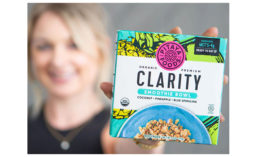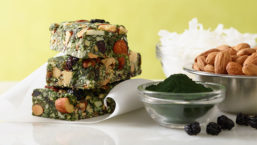Home » Keywords: » Innova Market Insights
Items Tagged with 'Innova Market Insights'
ARTICLES
PREDICTIONS 2024
Innova Market Insights finds consumers interested in key benefits, ingredients, transparency
Read More
New Energy Products Help Busy Consumers Keep Pace, Stay Focused
Innova Market Insights dives into consumer attitudes and behaviors around energy, and takes a closer look at launch trends.
October 4, 2023
Almond Ingredients Address Top 10 Trends for 2023
California almonds can be a key ingredient to help product innovators adapt to the future
February 7, 2023
Top Ten Trends for the Food and Beverage Industry in 2023
Innova Market Insights research suggests that consumers seek out brands that respond to core values at economic price
October 14, 2022




